Overview: Paw Paw, scientifically known as Asimina triloba, is a deciduous tree native to the eastern United States. It is notable for producing the largest edible fruit of any native North American plant, with a taste often compared to a blend of banana, mango, and melon. The tree also features large, tropical-looking leaves and unique, maroon flowers in spring. Paw Paw is highly valued for its fruit, ornamental appeal, and ability to attract wildlife.
Typical Uses:
Paw Paw serves various purposes in garden and landscape design:
- As a fruit tree in home orchards and edible landscapes, providing delicious, tropical-like fruit
- In native plant and wildlife gardens, attracting birds and mammals with its fruit
- As an understory tree in naturalized areas or woodland gardens, thriving in partial shade
- In mixed borders or as a specimen tree, adding unique foliage and seasonal interest
Establishment and Care Instructions:
Planting: Choose a site with well-drained, slightly acidic to neutral soil and full sun to partial shade. Paw Paw thrives in moist, rich soils but can tolerate a variety of soil types. Dig a hole twice as wide and as deep as the root ball. Place the tree in the hole, ensuring the top of the root ball is level with the soil surface. Backfill with soil and water thoroughly.
Watering: Water regularly during the first few growing seasons to help the tree establish, particularly during dry periods. Once established, Paw Paw is moderately drought-tolerant but prefers consistent moisture.
Pruning: Prune in late winter or early spring to remove any dead or damaged branches and to shape the tree. Minimal pruning is required beyond maintaining the tree’s form and health.
Fertilizing: Apply a balanced fertilizer in early spring to promote healthy growth and fruit production. Avoid over-fertilizing, which can lead to excessive vegetative growth at the expense of fruit development.
Special Features and Usage:
Paw Paw offers several distinctive features:
- Fruits: Large, greenish-yellow fruits ripen in late summer to early fall and have a creamy, tropical-flavored flesh, often used in desserts, smoothies, and preserves.
- Flowers: Unique, deep maroon to purple flowers appear in spring, adding ornamental interest before the leaves fully emerge.
- Foliage: Large, paddle-shaped leaves give the tree a tropical appearance and turn golden-yellow in the fall, providing seasonal color.
- Wildlife Friendly: The fruits are highly attractive to wildlife, including birds, mammals, and pollinators like butterflies, especially the Zebra Swallowtail, whose larvae feed on the leaves.
- Drought Tolerance: While Paw Paw prefers moist soils, it can tolerate moderate drought once established, making it adaptable to a variety of landscapes.
- Low Maintenance: Requires minimal care once established, including occasional watering and pruning, and is generally free of pests and diseases.
- Ornamental Appeal: The tropical-looking foliage and unique flowers make Paw Paw a visually striking addition to gardens and landscapes.
- Pollination: Paw Paws often require cross-pollination for good fruit production, so planting two or more trees increases the likelihood of a bountiful harvest.

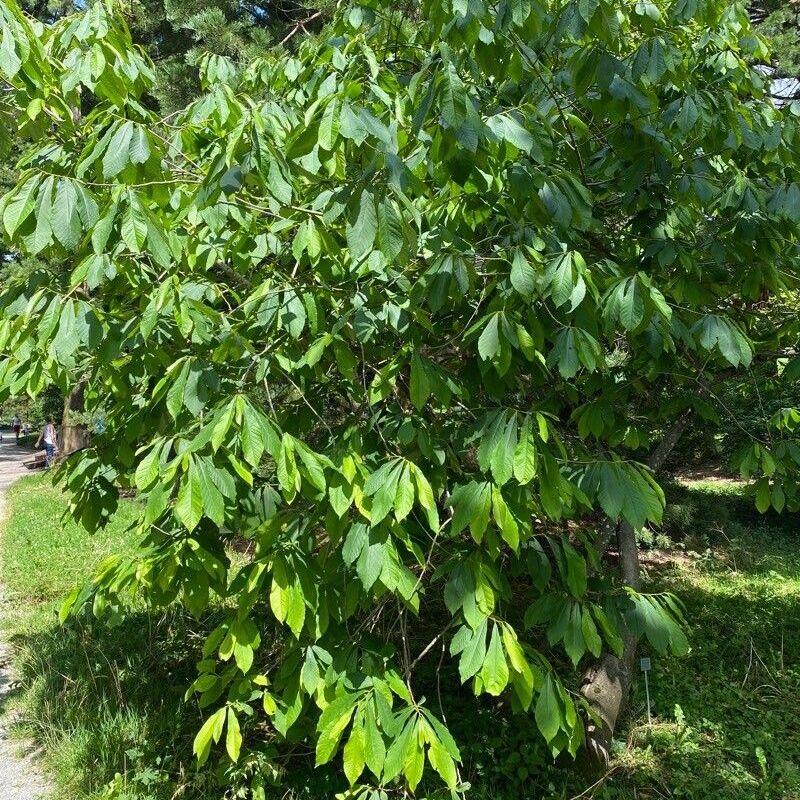
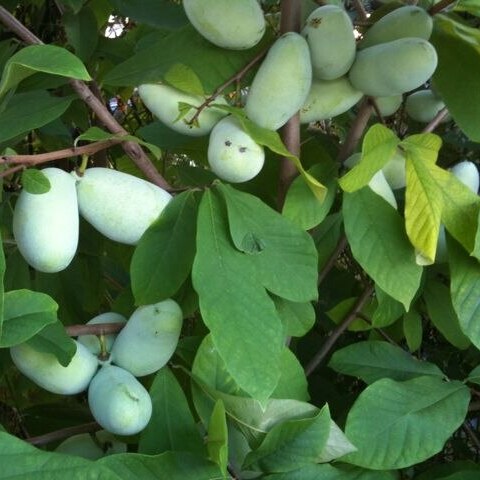
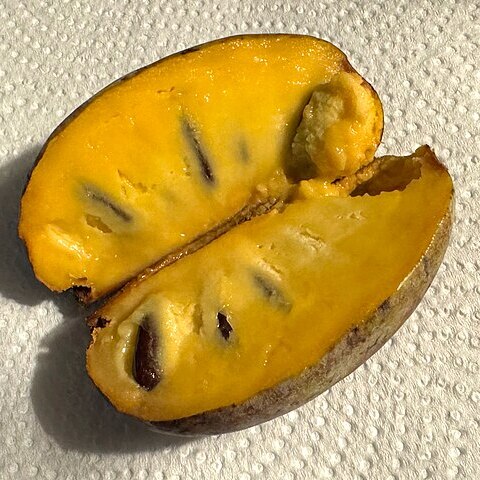
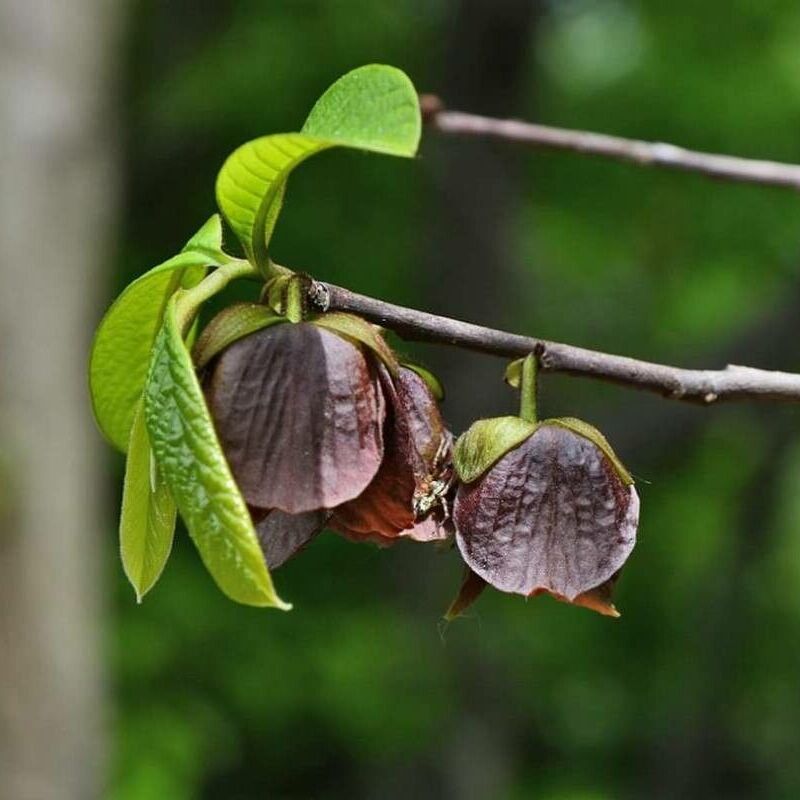
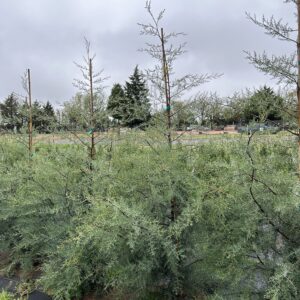
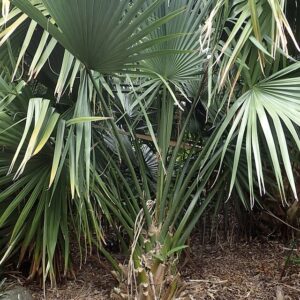
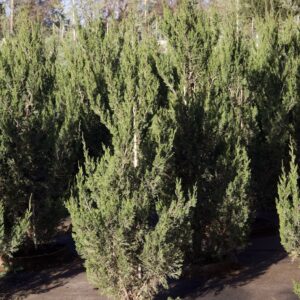
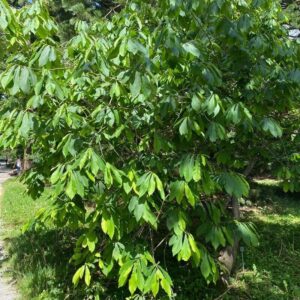
Reviews
There are no reviews yet.